Caprifol, also known as goat leaf or Italian honeysuckle, is a flowering plant belonging to the Caprifoliaceae family. It is widespread across Europe, with its origins traced to the southeastern regions of Great Britain. Caprifol is distinguished by its unique red, cream, and yellow flowers with prominent stamens and a pleasant fragrance.
Table of contents
Description of Caprifol Honeysuckle
Caprifol honeysuckle is a flowering shrub that can reach up to 8 m in height. Its leaves are ovate or elliptical in shape. The leaf surface is glossy and green, while the underside is matte with a bluish-gray hue. The blue-green color persists until late autumn. The lower leaves grow on short stems.
The flowers come in red, cream, and yellow shades, clustered in groups of three at the ends of branches. Each flower measures about 5 cm in length. The fruits are round and coral-colored.
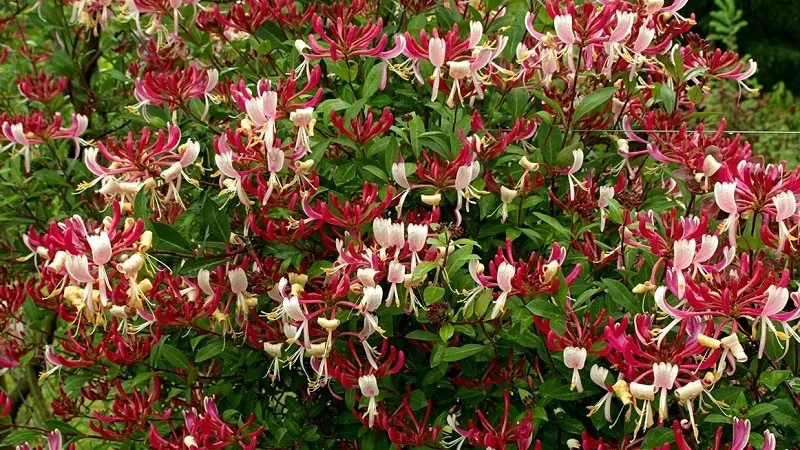
The shrub begins flowering in early summer. The flowers emit a delightful fragrance that intensifies in the evening. Unlike other honeysuckle varieties, caprifol's flowers feature protruding stamens grouped in bundles of 5-6. The blooming period is short — only about 3 weeks. Each flower lasts 3 days before wilting. The enchanting scent attracts bees, which swarm around the bushes.
The branches can grow up to 2 m in a single season. The plant's lifespan reaches up to 30 years. It is frost-resistant, and damaged branches recover quickly after pruning.
There are four main varieties of caprifol honeysuckle:
- Belgica — a flowering shrub with broad green leaves and dense clusters of purple and pink flowers. The berries ripen in autumn and are bright red.
- Harleguin stands out with vibrant pink flowers edged in a lighter shade.
- Munster features soft pink flowers with white edges.
- Grahm Thomas is known for its tube-shaped flowers with white-yellow petals.
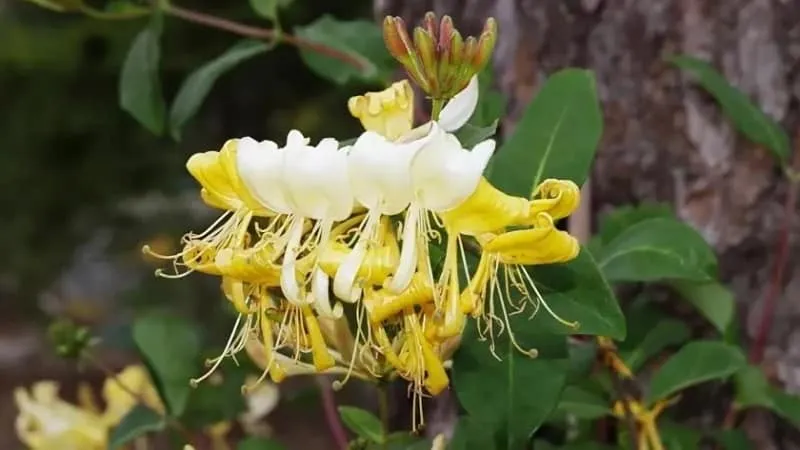
Propagation Methods
Caprifol honeysuckle is most commonly propagated through seeds or cuttings. The first method is cost-effective and low-maintenance, while the second ensures abundant flowering. Seed-grown plants adapt quickly to their planting location and develop lush foliage. Layering and division are less frequently used.
Growing Fragrant Caprifol Honeysuckle from Seeds
Seed propagation is a lengthy process if collecting seeds manually. Purchasing them from a garden store is simpler. For manual collection, choose large, overripe berries after flowering — around late July.
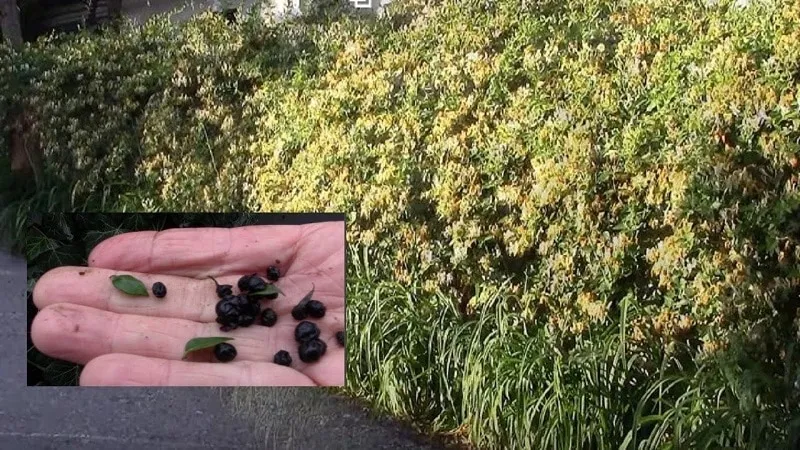
Two methods are commonly used to extract seeds:
- Crush the berries through a sieve and rinse with water. Discard the pulp, wash the seeds under running water, and dry them on a paper towel.
- Place the berries between two layers of paper towel and press with a spoon or masher. Dry the seeds with the pulp in open air before planting.
Store-bought seeds come either as berries or cleaned seeds. When purchasing, check the expiration date and verify the botanical name and variety.
Seeds collected in the current year should be stored at room temperature in a dark place. The following year, stratify them — mix with moist sand and refrigerate at +2…+5°C. Stratified seeds have a 70% germination rate and remain viable for 2 years.
Sow the seeds in March or April. This ensures high germination and allows the plant to strengthen before winter. Pre-soak the seeds in a potassium permanganate solution for 24 hours for disinfection.
Any container works for planting. Use store-bought soil or prepare a mix of peat, river sand, turf, and compost in equal parts. Sterilize the soil by soaking it in a dark potassium permanganate solution or baking it at +100…+110°C. Fill the containers loosely with the prepared substrate.

Water the soil with room-temperature water and place the seeds on the surface, spacing them 10 cm apart without burying. Cover with 0.5-1 cm of soil or a sand-soil mix. Cover the container with plastic wrap or glass and place it on a south-facing windowsill. The ideal temperature for germination is +20°C. Water the soil twice a week using a fine sieve to avoid washing away the seeds.
Seedlings emerge after 30-35 days. Stratified seeds sprout 6-7 days earlier. If sown densely, thin the seedlings and transplant them to maintain 5-10 cm spacing.
Transplant the seedlings outdoors in late May or early June.
Propagation by Cuttings
Cuttings can be planted in spring, summer, or autumn. They are typically prepared in autumn by selecting strong 10-15 cm shoots with 4-5 buds each. Plant them in loose, moist soil, leaving one bud above the surface. Mulch with straw or dry leaves.
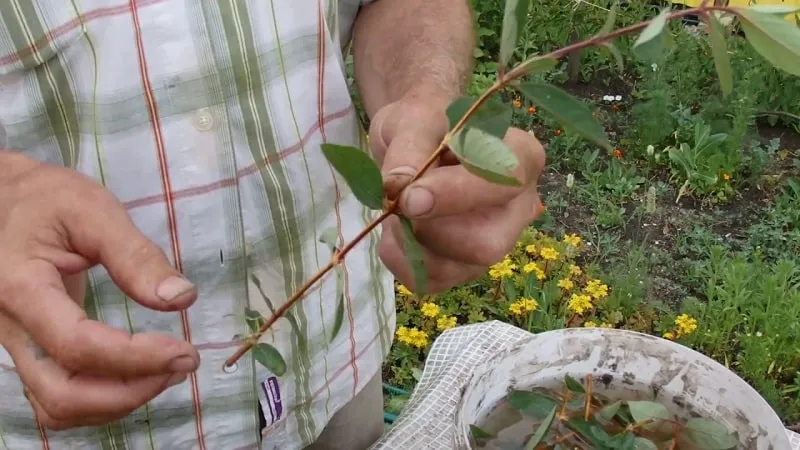
Summer cuttings are taken after flowering. In late July, select cuttings with two internodes and remove the lower leaves. Place them in a greenhouse or shaded area, burying them 2-3 cm deep at 15-25 cm intervals. Cover each cutting with a plastic bottle until new leaves appear. Mist the buds 2-3 times daily. Mulch with peat in winter and transplant in spring.
Semi-ripe wood cuttings (at least 10 cm long) can also be used, preferably taken in July or August. For mature wood cuttings (20 cm), harvest in spring.
Note. Botanists have found a high success rate with cuttings.
Since the vine dislikes transplanting, choose a permanent location early. For a bushier plant, leave 2-3 buds on each shoot. With proper care, they produce new growth, creating a living hedge.
Trench planting is ideal for vertical gardening or hedges. The plant thrives in sunny spots, producing abundant flowers. In shade, it grows strong but blooms sparingly.
Propagation by Layering
This is one of the easiest ways to propagate honeysuckle. Use layers from mature, healthy bushes with plenty of young shoots.
Select a low-growing shoot, bend it to the ground, and pin it down. Cover part of the shoot with soil and water it. If done in spring, a new rooted shoot will emerge by autumn. It can be separated and transplanted or left until spring.
Division
This method works for all shrubs. Dig around the base, then use a sharp spade to separate a section of roots with branches. Dust the cut with charcoal, let it dry, and replant. Alternatively, dig up the entire bush and divide it into sections.
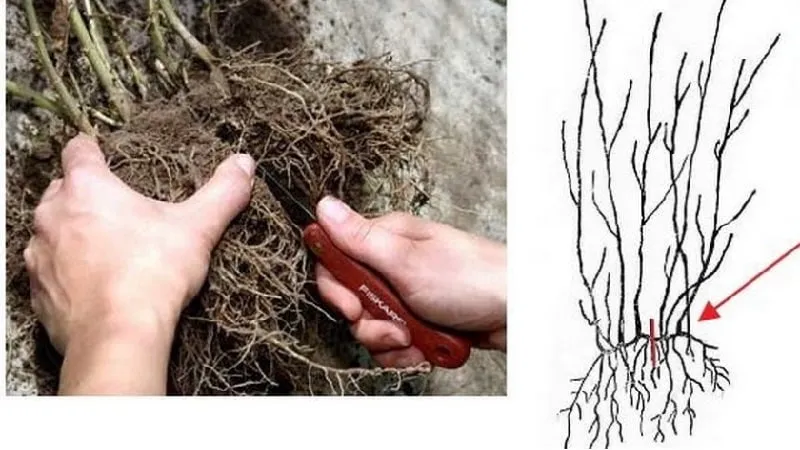
Care for Young Caprifol Honeysuckle
Caprifol honeysuckle is low-maintenance, making it suitable for beginners. The vine requires support for vertical growth. Plant it near walls, fences, gazebos, or other structures. It can reach 4-5 m in height within about 5 years.
The shoots have tiny roots that cling to rough surfaces. Without support, they spread horizontally.
Water the bushes as the soil dries. The plant enjoys moisture, so increase watering during droughts — about 10 L per bush.
Apply the first fertilizer 2-3 weeks after planting. Use a solution of cow manure (1:10) mixed with 200 g of wood ash (10 L per bush). Alternatively, mix the soil with compost and peat during planting — this provides nutrients for 3-4 months. In late summer, fertilize with wood ash (200 g) and superphosphate (25 g per 10 L water). Avoid nitrogen fertilizers, as they promote excessive foliage growth.
To prevent fungal infections, spray the bushes in spring with copper sulfate, Bordeaux mixture, or "Ridomil Gold" solution.
In regions with harsh winters, cover the plant with burlap or agrofabric (2-3 layers). Mulch the soil with sawdust, straw, or dry leaves.
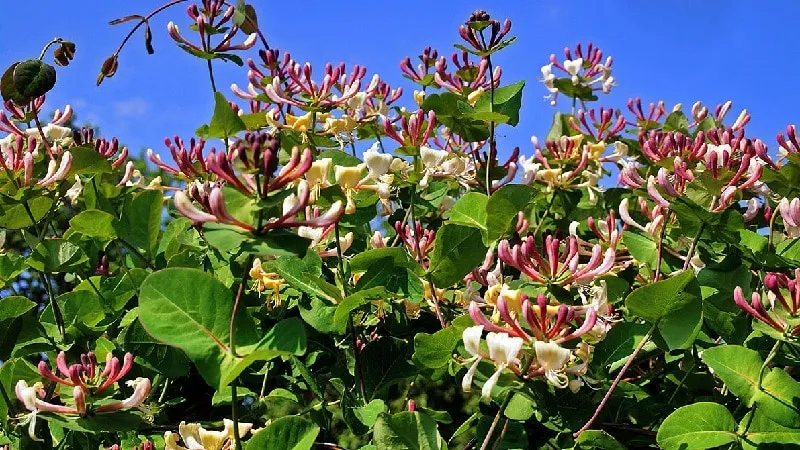
Pruning
Regular pruning helps shape the vine beautifully. Choose a sturdy, tall support made of wood, metal, or mesh. Guide the branches manually — they grow quickly and need training for an attractive appearance.
Once the vine reaches the desired height, trim the tops to encourage side growth. Lower leaves may fall, so plant tall flowers or low conifers nearby to conceal bare stems.
Note. Perform sanitary pruning in spring to remove frost-damaged branches.
Conclusion
Caprifol honeysuckle (fragrant vine) — not to be confused with edible honeysuckle — produces stunning yellow, red, or cream flowers and bears inedible red berries. It is easy to care for, requiring regular watering, organic and mineral fertilizers, pruning, and fungal prevention. The vine is perfect for creating hedges and enhancing garden landscapes.







